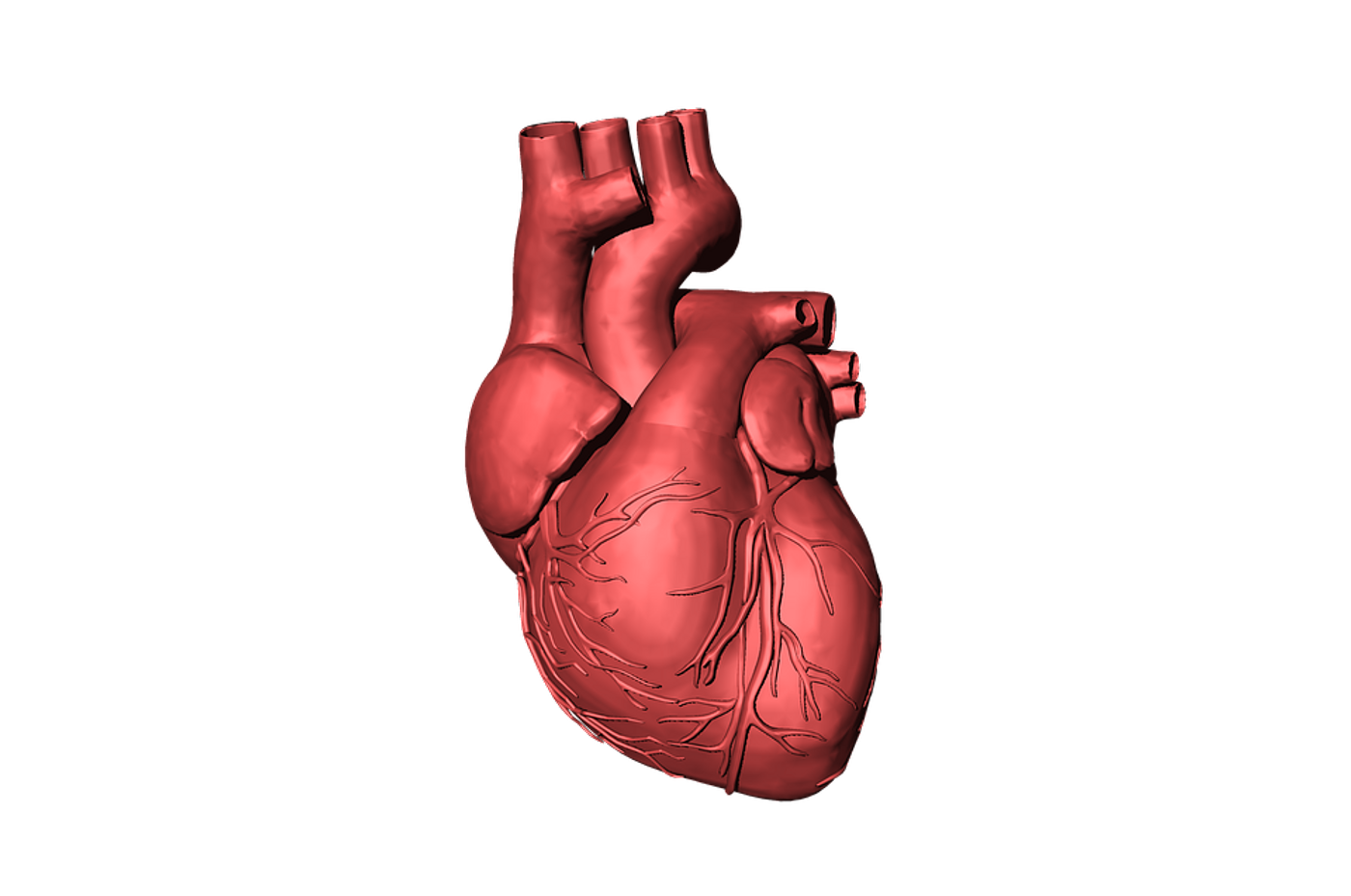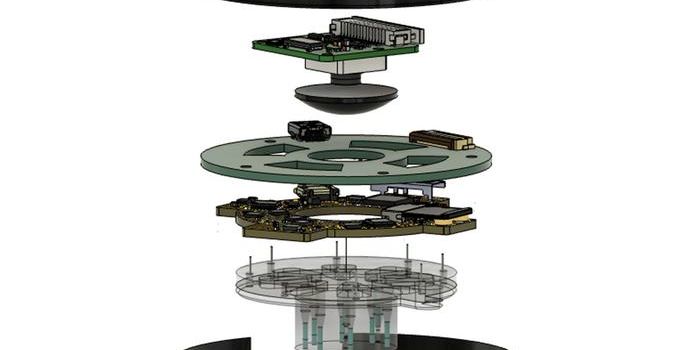What is commotio cordis?
On January 2, 2023, during an NFL game between the Cincinnati Bengals and the Buffalo Bills, a tragic, unprecedented event happened: Buffalo Bills safety Damar Hamlin collapsed on the field after a seemingly ordinary tackle with a Bengals player. Fans watched with increasing distress, eventually learning that Hamlin had suffered cardiac arrest. This announcement brought up many questions about serious heart conditions, primarily what causes cardiac arrest and how common is it? [Author’s note: This article is meant to help understand the mechanisms related to episodes of cardiac arrest and the phenomena associated with them. This article does not make speculations about Damar Hamlin or his specific case.]
Cardiac arrest is the medical term for the sudden, unexpected loss of heart function, breathing, and consciousness. Usually, this happens when there is an electrical disturbance to the heart. The heart’s electrical system controls both the rate and rhythm of your heartbeat, and if something happens, your heart can start beating too fast, too slow, or irregularly. In some cases, this change in heartbeat can lead to cardiac arrest.
A few conditions are known to cause a sudden cardiac arrest, such as coronary artery disease, where the arteries are clogged with cholesterol or other deposits restricting blood flow; cardiomyopathy or an enlarged heart, which occurs when the heart’s muscular walls enlarge and thicken; valvular heart disease due to a leaking or narrowing of the heart valves; congenital heart disease; or electrical problems with the heart due to conditions such as Brugada syndrome or QT disease. In some cases, however, sudden cardiac arrest can happen in those with no underlying heart conditions.
One cause of sudden cardiac arrest is a phenomenon known as commotio cordis, a Latin phrase meaning “agitation of the heart.” Commotio cordis commonly occurs in sports settings, though it is a rare condition overall, with only 10-20 cases annually in the United States. 95% of the victims of commotio cordis in the United States are boys and young men between the ages of 10 and 18. Unfortunately, cases are usually deadly; it is the speculated cause of cardiac arrest resulting in the death of a 12-year-old lacrosse player from Rochester, NY.
Commotio cordis occurs when a blunt blow to the chest is delivered at a very specific point in the cardiac cycle, thereby inducing a dangerous and life-threatening heart arrhythmia. In an interview with NPR’s Morning Edition, Dr. Christopher Madias from Tufts Medical Center said, “it has to be the perfect storm of events where there’s an impact to the chest wall overlying the heart with just enough force” at just the right time…“we’re talking about 20 to 30 milliseconds within the cardiac cycle.”
Cases of commotio cordis are most commonly seen in projectile sports—baseball, hockey, and lacrosse—where a blunt projectile, like a ball or puck, can impact the chest wall. In the 1998 Stanley Cup Playoffs, Chris Pronger of the St. Louis Blues suffered from commotio cordis when he was hit in the chest with a hockey puck (luckily, Pronger survived and eventually played hockey again). A recent report found that there were several cases of commotio cordis in cricket players, too, due to being struck in the chest with a cricket ball.
While the NFL has its fair share of serious injuries (for example, chronic traumatic encephalopathy, or CTE), commotio cordis is not usually a chief concern for football players. But, given that half of the reported cases of commotio cordis were reported in athletes playing an organized sport, it should not be surprising to learn that it could occur in football.
With an increased awareness of the condition invariably comes the question, what measures can be taken to prevent it? Obviously, avoiding collisions is important, and coaches can teach players to react and turn away from a ball—though, due to speed, this is not always possible. As such, it is unrealistic to eliminate cases of commotio cordis entirely, though quick treatment after the event could make a difference in the outcome.
Most deaths from the condition are due to a slow or inadequate response after an individual has collapsed. The quick administration of CPR (i.e., cardiopulmonary resuscitation), and the use of an AED (i.e., automated external defibrillator) machine if necessary, can make a difference in the expected outcome. For every minute of delayed use of an AED, the survival rate drops by about 10%; when resuscitation goes beyond three minutes, there’s about a 3% chance of survival. In New York, after the death of a 14-year-old lacrosse player due to commotio cordis, Louis’ Law requires AEDs in all public school buildings and sporting events.
While reports of commotio cordis are incredibly serious, it is important to remember that they are essentially freak accidents. The heartbeat works at 60 to 100 beats per minute—a bit lower during sleep and higher during exercise and it only takes a fraction of a second to throw the heart out of rhythm.
Sources: Detroit News, Buffalo Bills Twitter, Syracuse News, NPR’s Morning Edition, SportsNet, Heart and Lung Circulation, New York Times, Mayo Clinic, NPR, The Philadelphia Inquirer, New England Journal of Medicine, Men’s Health, Buffalo News









